Passerine bird evolution and biogeography
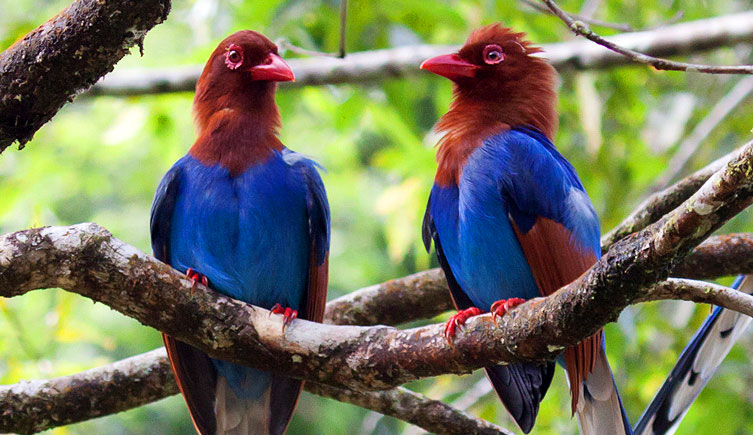
Sri Lanka blue magpie © Thimindu Goonatillake. Licensed under CC BY 2.0.
Project summary
- Focus: Using molecular data to understand a large radiation of passerine birds
- Funding: Marie Curie Fellowship
We are using molecular data to understand a large radiation of passerine birds, the core Corvoidea (crows and allies) in the Indo-Pacific region.
The core Corvoidea originated in the mid-Tertiary in Australia, but members of the group have since spread to the Indo-Pacific archipelagos and beyond, to all continents. Today the core Corvoidea is a very successful and widely distributed group that contains many species.
Many core Corvoidea species are found in the Indo-Pacific region, which is the largest concentration of islands and archipelagos on the planet. With distinct boundaries and a range of sizes, islands and archipelagos are natural evolutionary laboratories, ideal for testing theories about evolution, biogeography and ecology.
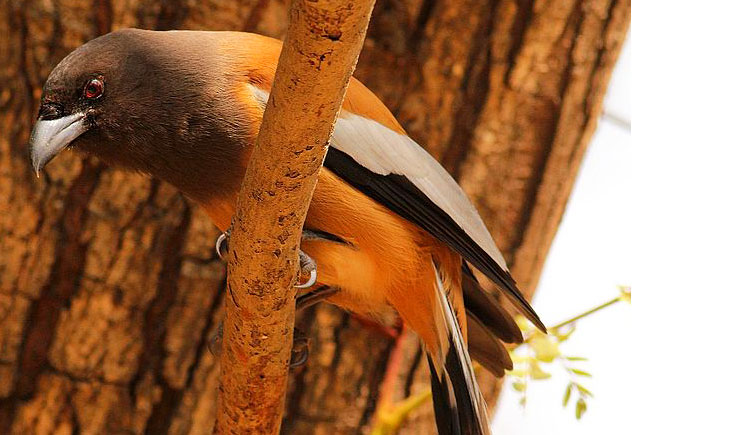
Rufous treepie, a passerine bird from the Indian Subcontinent and Southeast Asia. © Vaibhavcho. Licensed under CC BY 3.0
Molecular developments
A lack of molecular data for the core Corvoidea has limited previous ecological, evolutionary and biogeographical research.
Molecular phylogenies now exist for roughly 85% of passerine species. This dramatic increase in molecular data presents an opportunity for researchers to test evolutionary and biogeographical theories about the history of this group and the reasons for its success.
We now have a well resolved and well sampled molecular framework, including more than 700 passerine bird species. This is ideal for advancing the understanding of island biogeography, island evolution and island community assembly.
Museum staff
Knud Jonsson
Marie Curie Research Fellow
Publications
Funded by
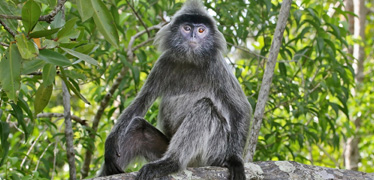
Biodiversity research
We are creating molecular and digital tools to explore undiscovered biodiversity
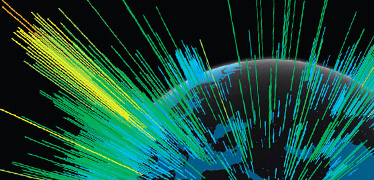
Diversity and informatics research
Researching undiscovered diversity in megadiverse systems using big data
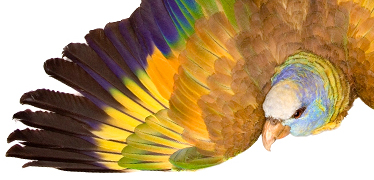
Zoology collections
Our zoology collection has 29 million animal specimens and is rich in voucher, type and historical specimens